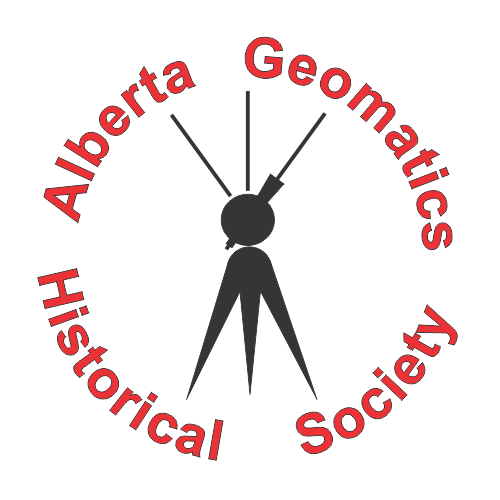Land Acknowledgement
The Alberta Geomatics Historical Society acknowledges the traditional lands and territories of the Indigenous peoples who have lived on these lands and taken care of them since time immemorial. What became known as the Province of Alberta in 1905 is also the traditional and ancestral home to many Indigenous peoples, and for that, we are honored to have shared this land, now covered by Treaties 4, 6, 7, 8 and 10, with them. Alberta is also the historical Northwest Métis Homeland. We acknowledge the many First Nations, Métis, and Inuit who have lived in and cared for these lands for generations. We make this acknowledgment as an act of reconciliation and gratitude to those whose territory we reside on or are visiting.
Historic Relationship between Indigenous Peoples and Surveyors
The relationship between surveyors and First Nations in Alberta has evolved over the last several centuries. During the fur trade era, the prairies were occupied by First Nations and Métis peoples. Surveyors, such as Alexander Mackenzie and David Thompson, mapped the region for the Hudson’s Bay Company and the North West Company. They relied on First Nations and Métis peoples, who played a critical role by providing knowledge of the land, route finding, and logistical support.
After Confederation in 1867, Canada was intent on settling the prairies. However, before the land could be settled, the Royal Proclamation of 1763 required that Canada obtain title to the land. This meant First Nations had to surrender their land through treaties. This marked a turning point for First Nations, who had enjoyed the use of their traditional lands for hunting and gathering since time immemorial. Land was held in common for the benefit of all. In Alberta, reserves established under Treaties 6, 7, and 8 introduced the concept of property boundaries, parcels, and land ownership to First Nations. This was foreign to them, and being restricted to reserves disrupted their traditional way of life.
Nevertheless, for the most part, the relationship between surveyors and First Nations during the surveys saw few incidents of conflict. Surveyors, as agents of the Crown, consulted with Indigenous communities. Although they were required to respect the terms of the treaties—which were not always fully understood by First Nations—they did their best to establish reserve boundaries in accordance with First Nations’ wishes. As in the fur trade era, First Nations peoples assisted surveyors with route finding, acted as interpreters, and worked on survey parties.
In the latter part of the 20th century, the relationship between land surveyors and First Nations has become more respectful and collaborative. Land surveyors continue to play a role in the resolution of land claims and the implementation of modern treaties. They work closely with First Nations councils on land management and planning, where traditional knowledge, First Nations culture, and the environment are important considerations. Today, land surveyors can be found in First Nations Council boardrooms as well as in the field defining boundaries. Since land on reserves is classified as Canada Lands, Canada Land Surveyors have the regulatory responsibility for conducting land surveys. Knowledge of Native Government Issues is a requirement for qualification as a Canada Land Surveyor. The Association of Canada Land Surveyors has working relationships with the National Aboriginal Land Managers Association, the Assembly of First Nations, and the First Nations Land Management Resource Centre Inc.
Through their relationship with Indigenous peoples over the centuries, land surveyors have gained an understanding of their unique and special cultures. The Alberta Geomatics Historical Society is proud to make this land acknowledgment.
